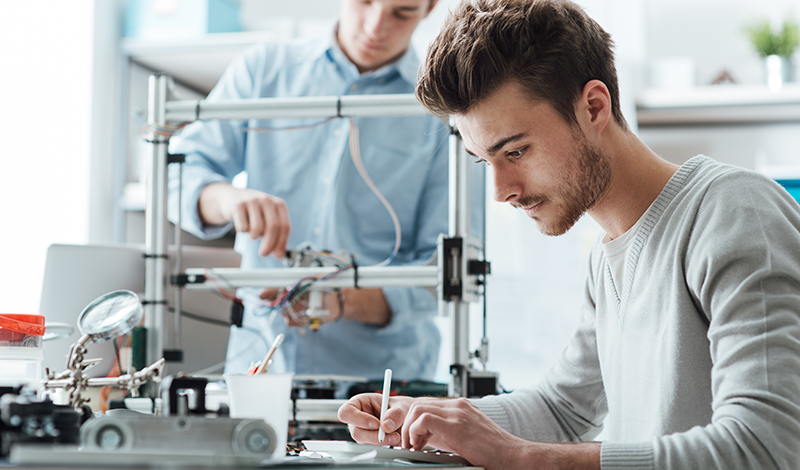Top Lessons on Takeback Programs within the Capital Equipment Sector
engineer470.png

For a robust circular economy – where no materials or resources are wasted – there needs to be a mechanism in place to recover products that have reached the end of their first useful life. Once recovered, these items are repaired, remanufactured, or refurbished as needed and put back into use. Also known as ‘takeback’ or recovery, these processes enable a second life for products, additional sources of revenue for manufacturers, and sustainability benefits when done right, but also require new business models and collaboration within the system.
The U.S. Chamber of Commerce Foundation is dedicated to advancing the circular economy. That’s why we partnered with Philips and the World Economic Forum’s Platform for Accelerating the Circular Economy (PACE) to help companies in the capital equipment sector (high-value products designed to last for many years, such as motor vehicles, elevators, trains, computers, etc.) transition to a circular “make-use-reuse” model to realize a better future for people and the planet.
We recently hosted a discussion with members of our Capital Equipment Coalition (CEC), which explored the current opportunities, challenges, and lessons learned through pilot testing and scaling takeback programs. Key themes that emerged from the discussion include:
- Designing for circularity – It is more cost-effective to get products back after their first useful life starts if you design them for reuse and recovery from the beginning.
- Life cycle optimization – The Reuse Hierarchy (prevention, reuse, recycle, recovery, and disposal) should be used to optimize the economics and environmental impacts of circularity. Decision models can help answer important questions about when to take products back and what to do with them.
- Adopting circular mindsets – Circular mindsets include connecting circularity to customers’ goals, educating and engaging consumers and supply chain partners, and shifting from an “ownership mentality” to an “outcomes mentality” with customers.
- Implications for business models – The sales process for refurbished or remanufactured items can look quite different from the process for new items.
- Rethinking what happens where – It may not make sense economically or environmentally, and may not be possible legally, to bring a recovered asset back to where it was originally manufactured in order to refurbish or remanufacture it.
- Navigating legal and safety issues – In most parts of the world, the regulatory frameworks governing safety protocols and testing have not yet been updated to reflect the needs of the circular economy, creating challenges for businesses seeking to make the transition.
This new report explores these themes with real world examples and insights from CEC members and guests.
Full-scale takeback programs remain an area of discovery and innovation across the capital equipment sector, from tech to healthcare to heavy manufacturing. Companies need to continue to study, pilot, and innovate business, sales, and manufacturing processes, while addressing potential barriers of mindsets and legal and safety issues.
This report closely follows the publication of a CEC white paper which explores key concepts and gaps in current circularity metrics frameworks. Check it out.
The U.S. Chamber of Commerce Foundation would like to thank the following Capital Equipment Coalition members for their contributions to this document: Dell Technologies, DLL Philips, Microsoft, GE Digital, and SAP, and special guest Jabil.
Interested in joining the Capital Equipment Coalition? The coalition is accepting additional capital equipment manufacturers and operators to join the effort. To learn more, please contact the U.S. Chamber Foundation’s Sustainability and Circular Economy team at cccsustainability@uschamber.com.